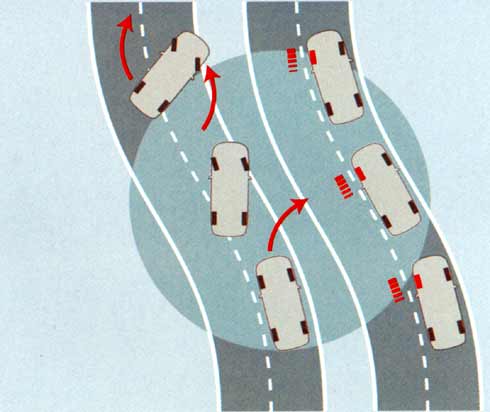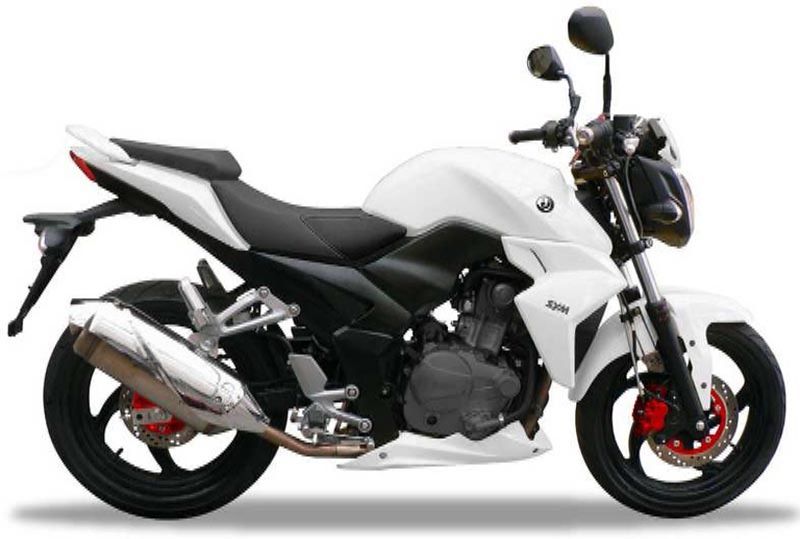
FDR - driving dynamics control
Initials Fahr Dynamik Regelung, an active safety system for driving dynamics control developed by Bosch in collaboration with Mercedes, now called ESP. If necessary, it restores the trajectory of the vehicle, automatically intervening in the brakes and accelerator.

FDR is used to prevent skidding and side-skidding, that is, understeer or oversteer phenomena that occur when one or more wheels lose traction, as well as, obviously, skid due to loss of stability. Dynamic adjustment can effectively correct a hint of skid due to loss of traction on one wheel by adjusting the torque on the other three accordingly. For example, if the car is sliding with the front end towards the outside of a corner, ie understeer, FDR intervenes by braking the inside rear wheel to align the car. The system detects a vehicle's skid thanks to a yaw rate sensor, which is a “sensor” capable of detecting a skid around a vertical axis through the vehicle's center of gravity.
In addition to this, the FDR uses a range of sensors that inform it about wheel speed, lateral acceleration, steering wheel rotation and finally the pressure applied to the brake and accelerator pedals. (engine load). To store all this data in the control unit and to take any corrective action in a very short timeframe, the FDR requires very large computing power and memory. The latter is 48 kilobytes, which is four times more than is required for the ABS system, and twice as much as is required for the anti-skid system.
See also ESP.

